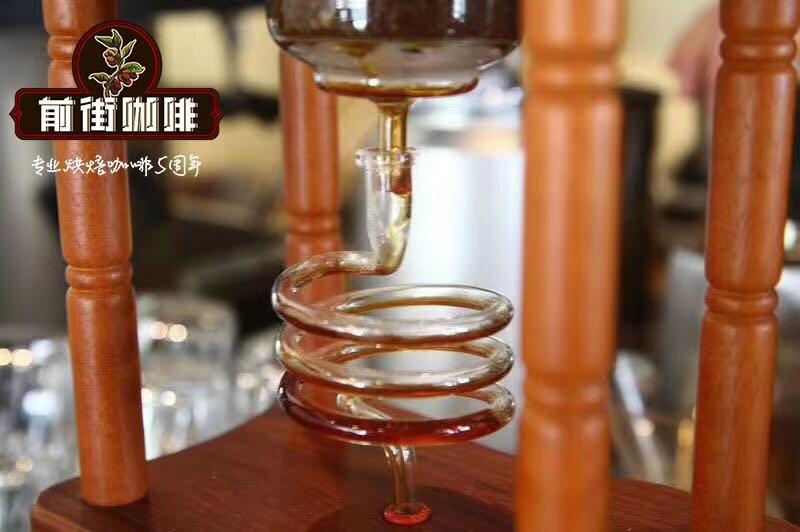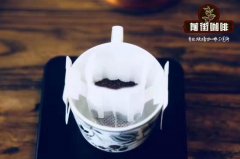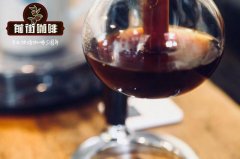Is the variety of Indonesian coffee beans Arabica | characteristics of West Java coffee in Indonesia

Professional coffee knowledge exchange more coffee bean information please follow the coffee workshop (Wechat official account cafe_style)
The Republic of Indonesia (Indonesian: Republik Indonesia, English: Republic of Indonesia), referred to as Indonesia. It is a Southeast Asian country with Jakarta as its capital. With Papua New Guinea, East Timor and Malaysia and other countries. Made up of about 17508 islands, it is part of the Malay archipelago and the largest archipelago country in the world, with a territory across Asia and Oceania, also known as the "Thousand Island country". It is also a country with many volcanoes and earthquakes. The larger islands are Kalimantan, Sumatra, Irian, Sulawesi and Java.
Indonesian coffee varieties
It is not easy to get a delicious cup of coffee for the first time. Producing areas, varieties, treatment methods, altitude and other factors are factors that affect the flavor of coffee. Toraja producing area is densely covered with mountains and hot and humid climate. The Dutch began to grow coffee here in the mid-19th century, and the coffee industry in this region was known to the world in the 1970s. In the 1990s, it entered a golden period of rapid development. At present, the boutique coffee in Toraja producing areas is mainly exported to Japan.
Nearly 100 genetic varieties of Arabica coffee have been created since 1699. There are four main types of coffee in Indonesia: Arabica, Robusta, Liberica and Ekselsa.
There are more than 20 varieties in circulation on the Indonesian market, the common ones are Kaddura, Katim, Timon, Tippika, S288Mague S795, Sidikalong and so on.
In Indonesia, 90 per cent of coffee belongs to Robusta, probably as a result of the devastating 19th-century coffee leaf rust. But in Toraja producing areas, 95% of coffee belongs to Arabica.
The main coffee variety in Sulawesi Toraja producing area is S795 (also known as Jember), which belongs to Arabica race and has strong resistance to leaf rust and outstanding sweetness (maple sugar male syrup/ brown sugar flavor).
Characteristics of Java coffee
Abundant precipitation, rich volcanic soil and dense rainforest shade trees all provide excellent conditions for local planting.
Manual picking to ensure the stability of the fruit, after picking, peel off the exocarp, in the case of preserving the flesh of the sun treatment, which is what we call the sun + honey treatment. After about a month of sun drying, wash and other treatment, and then let the beans stored for about half a month before packaging.
Sun + honey treatment, the only purpose of this complex and high-risk process is to create a more complex and fuller taste spectrum. Reflect the wonderful feeling brought by the complex pedigree of this bean.
Flavor: mango, red wine, peach juice, strong fruit aroma, with plum and jackfruit flavor, clean and sweet.
END
Important Notice :
前街咖啡 FrontStreet Coffee has moved to new addredd:
FrontStreet Coffee Address: 315,Donghua East Road,GuangZhou
Tel:020 38364473
- Prev

How to brew Rosa Coffee before it tastes good | is Rosa Coffee suitable for Pot brewing
Professional coffee knowledge exchange more coffee bean information please follow the coffee workshop (Wechat official account cafe_style) the species of Geisha was discovered in the rose forest of Ethiopia in 1931 and was later sent to the Coffee Research Institute in Kenya. Introduced to Uganda and Tanzania in 1936 and introduced to Costa Rica in 1953. Geisha, neighbor of Japan since ancient times
- Next

What is the famous coffee in Indonesia? what is the story of Sumatran coffee beans?
Professional coffee knowledge exchange more coffee bean information please follow the coffee workshop (Wechat official account cafe_style) West Java Province, is the first-tier administrative district of Indonesia. Located in the western part of Java, facing the Java Sea to the north and the Indian Ocean to the south, including offshore islands, covering an area of 46300 square kilometers, Java has a tropical rain forest climate, which is hot and humid all the year round. Along the northern coast.
Related
- Beginners will see the "Coffee pull flower" guide!
- What is the difference between ice blog purified milk and ordinary milk coffee?
- Why is the Philippines the largest producer of crops in Liberia?
- For coffee extraction, should the fine powder be retained?
- How does extracted espresso fill pressed powder? How much strength does it take to press the powder?
- How to make jasmine cold extract coffee? Is the jasmine + latte good?
- Will this little toy really make the coffee taste better? How does Lily Drip affect coffee extraction?
- Will the action of slapping the filter cup also affect coffee extraction?
- What's the difference between powder-to-water ratio and powder-to-liquid ratio?
- What is the Ethiopian local species? What does it have to do with Heirloom native species?

